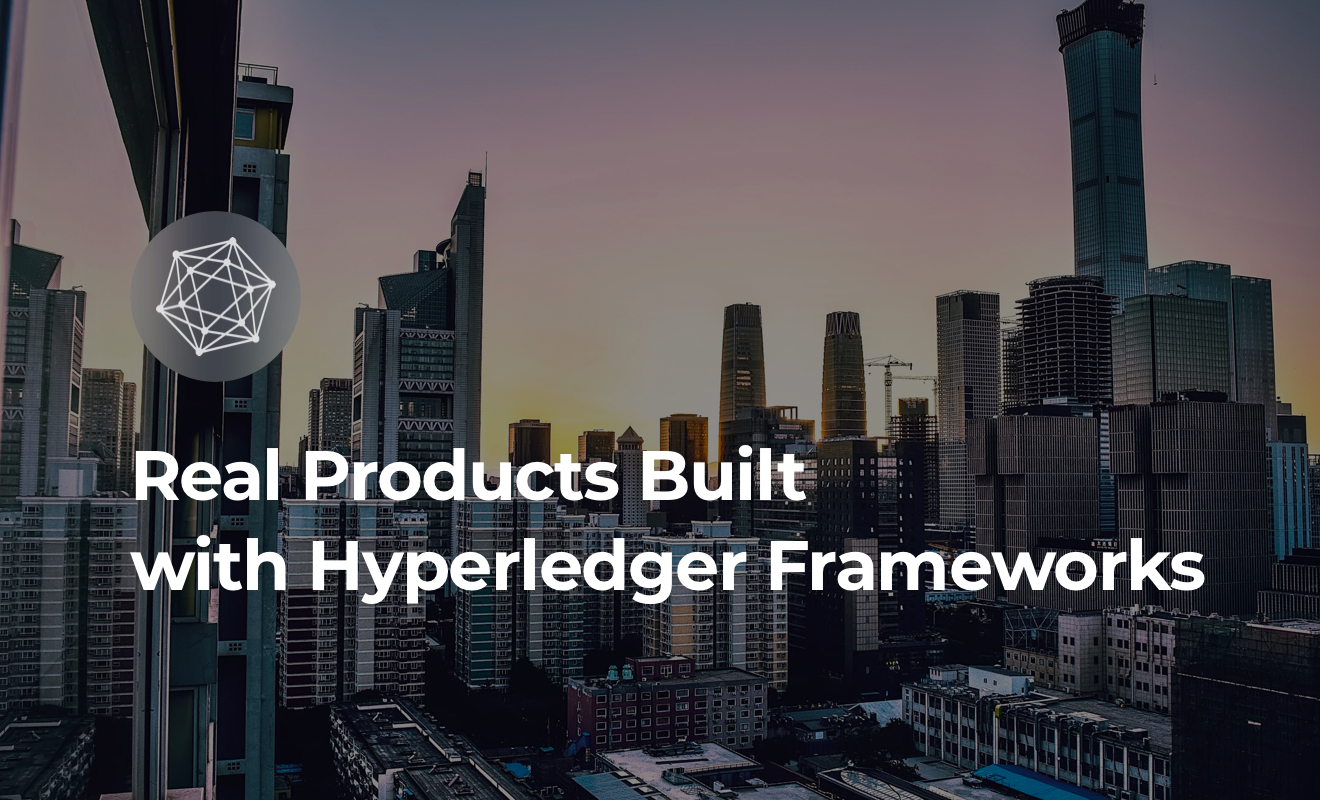
How the Consortium Blockchain Works
September 25, 2019
Corda and Real Businesses Built on Top of This Framework
August 23, 2019
Ethereum is the 2nd biggest cryptocurrency. It positions itself however, as a platform for smart contracts and new blockchain projects which gives it tremendous flexibility, scalability, and trust from the community. Perhaps unsurprisingly, the vast majority of ICOs and DApps run on Ethereum blockchain and base their own tokens on its ERC20 standard. If you’re new to the blockchain, read this short intro.
Despite its first mover advantage, there are numerous blockchains that can compete with Ethereum in terms of technology, scale, and speed: Cardano, QTUM, Ark, and EOS to name a few. Despite this, Ethereum’s got nothing to even worry about. The activity of these competitors raises overall market demand and by offering genuine alternatives speeds up the spread of distributed ledger technology, as well as the rate at which novel new developments are made, which Ethereum can then implement in it’s own blockchain.
Below are seven solid reasons why Ethereum will thrive in 2018 and beyond.
Ethereum’s native currency ether remains a widely accepted cryptocurrency, traded with at least 400 token pairs and accepted during ICOs. A market cap of over $100 billion and trading volume of $4 billion+ as of Feb 1, 2018, is hard to overcome. Besides, anyone can launch their own token with Ethereum, which only increases the adoption rate.
With 15 transactions per second, Ethereum is twice as fast as Bitcoin. However, it lags way behind the protocols of NEO and IOTA that promise to deliver at least 1000 t/s. The situation will change as Ethereum switches from Proof of Work (PoW) protocol to Proof of Stake (PoS) protocol when the Casper consensus model takes place. This will remove inefficient computation, and members of the network would then confirm blocks in the blockchain by staking their assets in a random order.
Another protocol named TrueBit resolves the issue with computational power by eliminating the “gas limit” — what you pay for transacting ether — and relying on the incentivized outsourced power marketplace. Think Golem for Ethereum. The outcome of this seemingly simple change would be significant: more transactions would be possible and Ethereum would stop feeling like a clunky, 2000s PC.
On top of those options, Ethereum developers are working on implementing a sharding paradigm — an algorithm that allows some transactions to be confirmed in one zone, called a shard, while separate shards are confirming others. Having multiple mini-blockchains in this way (rather than verifying the entire chain for every transaction) would also resolve the scalability and speed issues.
The plasma concept proposed by Ethereum founder Vitalik Buterin is similar to sharding but rather than a series of zones uses the idea of a Merkle Tree of blockchains. In this model Ethereum is the root and supportive blockchains are branches. While the root keeps the most important records, the branches serve Decentralized Applications (DApps).
An additional feature like on-top chains for Ethereum could also further boost the expansion of the decentralized space. The Raiden Network is a good example of this. It has a functionality (similar to Bitcoin’s Lightning Network), where two parties create an off-chain channel and transact with each other. After they’re done, the final state of the accounts gets recorded to the Ethereum blockchain.
The balance between confirming one’s identity and maintaining one’s privacy remains a big concern for crypto enthusiasts. With pseudo cryptocurrencies like Ripple and frequent attempts to track public Bitcoin keys, all eyes are on Ethereum. And it has a solution.
Following the steps of anonymous cryptocurrency Monero, Ethereum is going to use a zero-knowledge proof protocol soon. While currently in development, either zk-SNARK or zk-STARK protocols will be used. Simply put, they allow the sending and receiving addresses to be masked as well as the amount of ether involved in the transaction. This works by assigning a random secret number to the transaction while the prover multiplies this number by the product of two mathematical functions. After that, the recipient can verify a transaction without knowing anything about it.
The Ethereum blockchain is developed and constantly improved by the Ethereum Foundation, a Switzerland based non-profit. Nobody can change the protocol on their own, even Buterin. When the community needs to approve a serious change, the developers of the Foundation look for common agreement on how to proceed.
In fact, Ethereum also strives to enhance the transparency of independent projects run on its code. In 2016, the concept of a Decentralized Autonomous Organization (DAO) was introduced. It serves the purpose of capital management defined by a smart contract.
This year, the popular way of raising money for Ethereum tokens — the Initial Coin Offering (ICO) — merged with the concept of DAO forming DAICO. Buterin stated that this will help to secure investor funds, since a project team would no longer have access to all the contributions. Instead, predefined sums of money are released as the team achieves particular milestones.
In 2017, governments showed both interest and muscle towards crypto. Some countries banned ICOs and bitcoin exchanges completely, like China. Others introduced taxation including the US and South Korea. 2018 will be no different, maybe even more severe in terms of checks, audits, and limitations.
However, Ethereum never claimed its tokens as an investment. Thus, the SEC won’t look at it as securities. While ETH is growing in value and becoming a valuable asset to hold in and of itself, it still remains a token aimed first and foremost at advancing blockchain technology. Moreover, many governments are rushing to explore blockchain, with Canada focusing on Ethereum and smart contracts. The UN partnered with Horizon State whose Decision Token is based on Ethereum’s ERC20 standard.
It’s all about people. Ignoring for a moment how great the underlying technology is, developers, users, and businesses have been forming a trustworthy, innovative community for a long time. Ethereum succeeds in supporting that community and receives mutual respect from it. Here’s how:
Conferences and Grants: the Ethereum Foundation organizes yearly DevCons and smaller thematic meetups, supports other blockchain conferences. It also gives away between $50,000 and $1 million to teams that work on DApps.
Partnerships: In March 2017, various blockchain startups, research groups, and Fortune 500 companies announced the Enterprise Ethereum Alliance (EEA). By May, the nonprofit consisted of over 100 enterprise members. This kind of partnership strengthens the trust in Ethereum and injects the blockchain into corporate DNA.
Convenience: The many exchanges, wallets, and DApps form a single ecosystem. It’s already big enough that interoperable chains like the Ark project don’t need to be relied on any more. For instance, with MyEtherWallet one can store a variety of tokens (in large numbers) in one place, and 0x — an open protocol for decentralized exchange on the Ethereum blockchain — does exactly what it says. After all, most tools are built on Ethereum and then translated into numerous languages.
Summary
Competition in the crypto market is tough. Bright developers offer new types of protocols claiming to be more secure and efficient. Investors switch their attention to new stars, especially the really big projects. Private blockchains entered the scene serving a growing number of corporate clients. However, Ethereum proved to be the catalyst for innovation and adoption of the blockchain. It has an exceptional team behind it, and its synergy with numerous supporters allows them to handle various struggles together. It’s here to stay.


